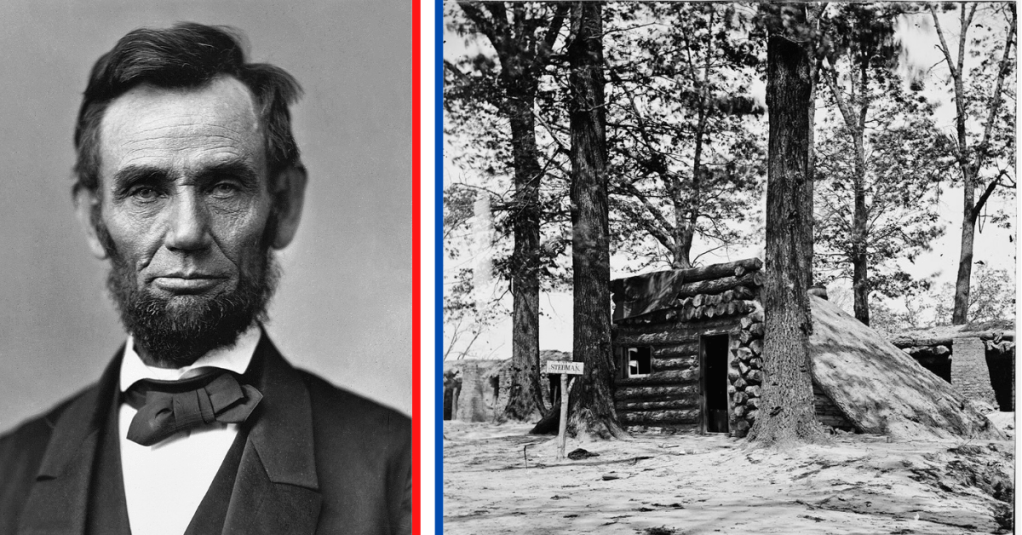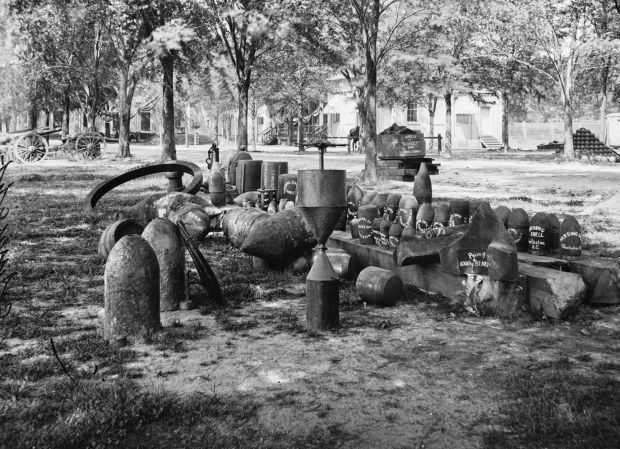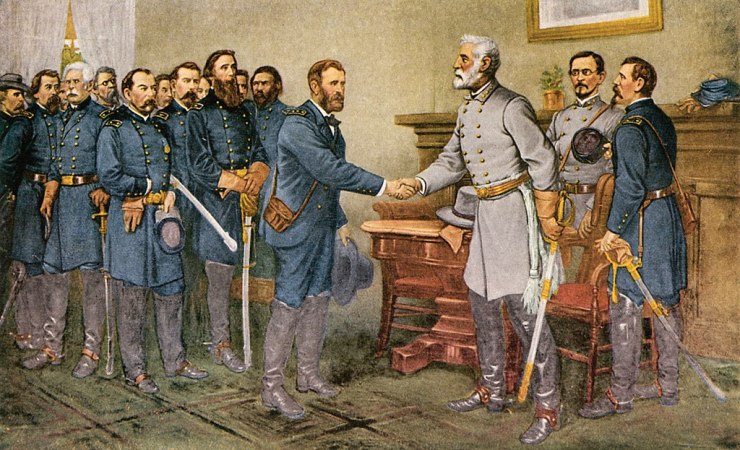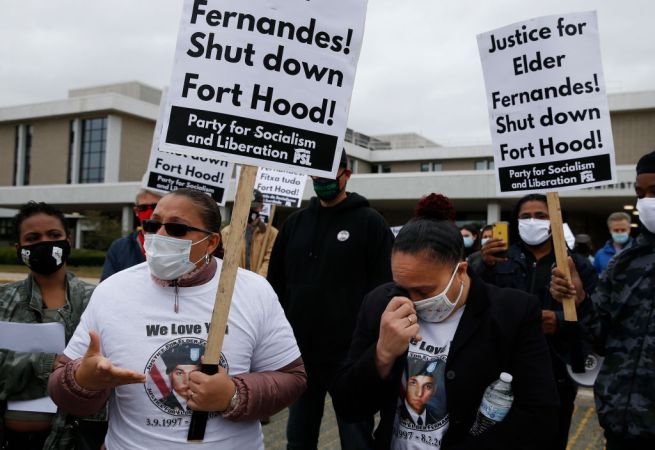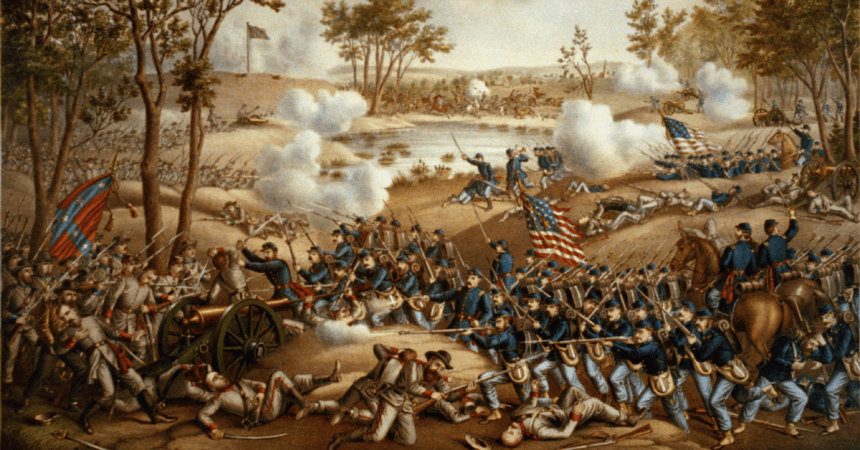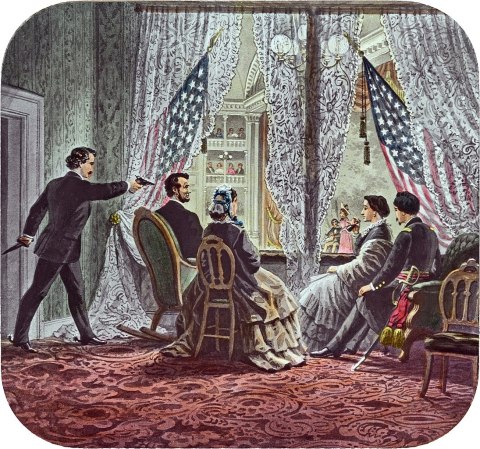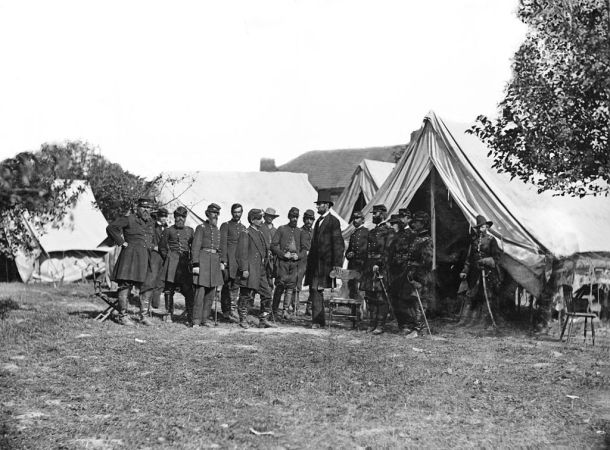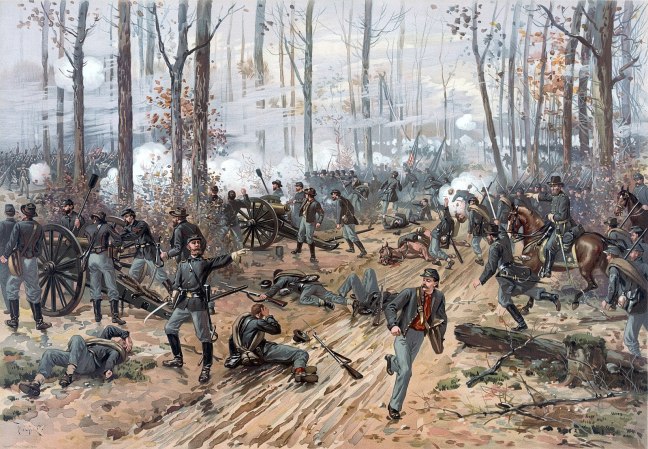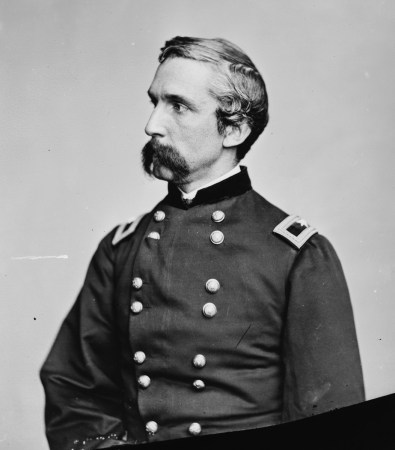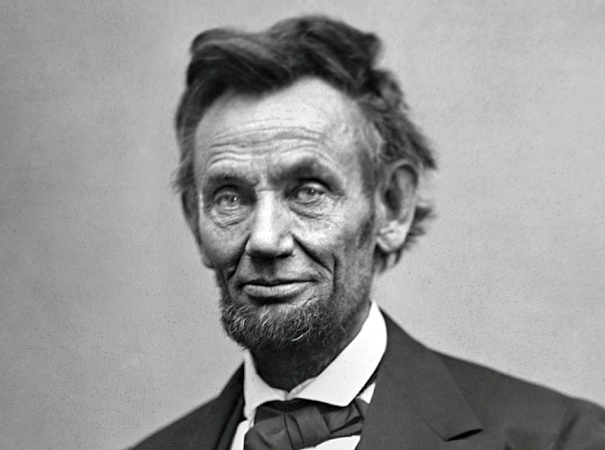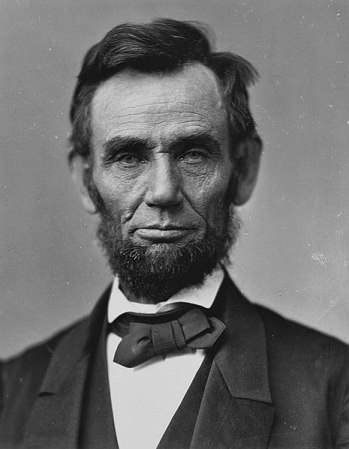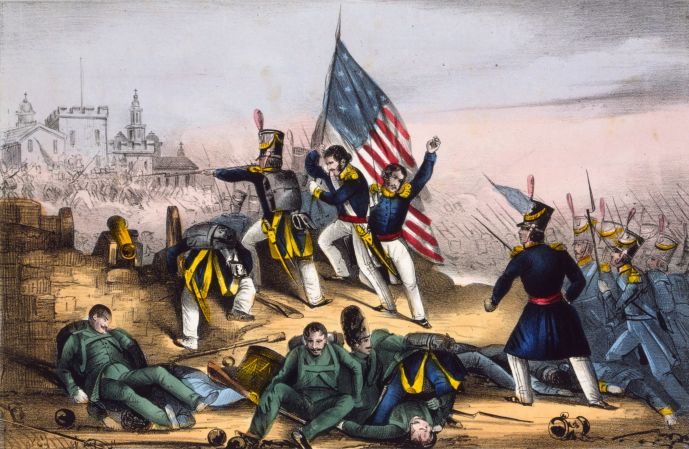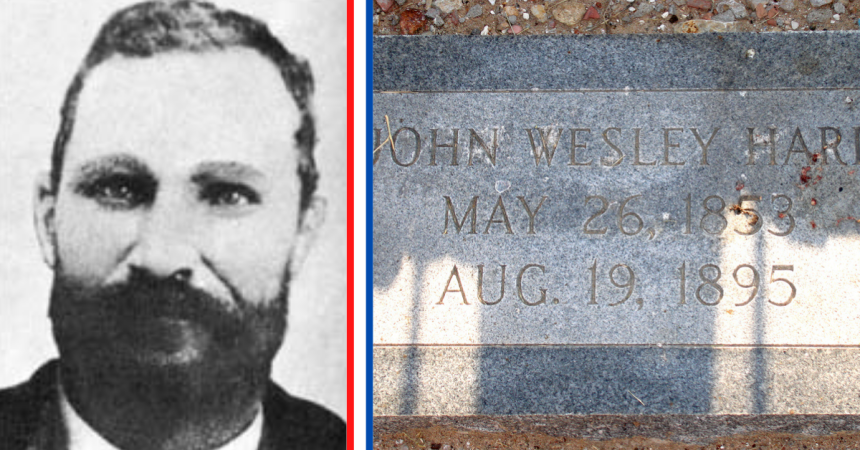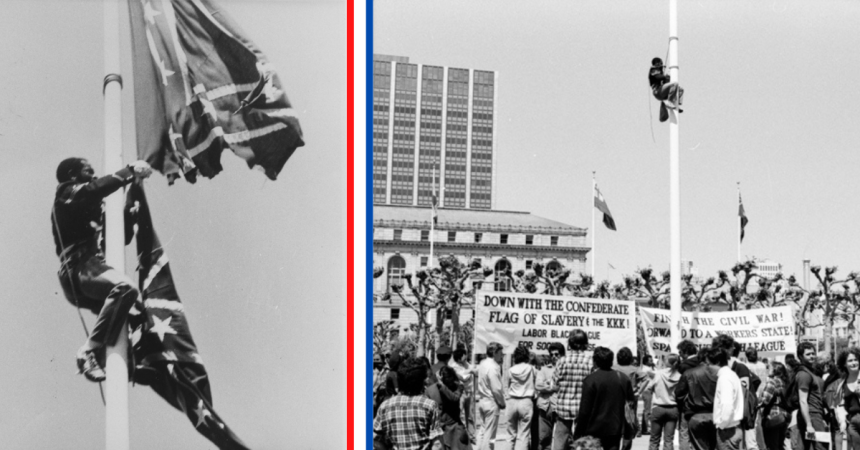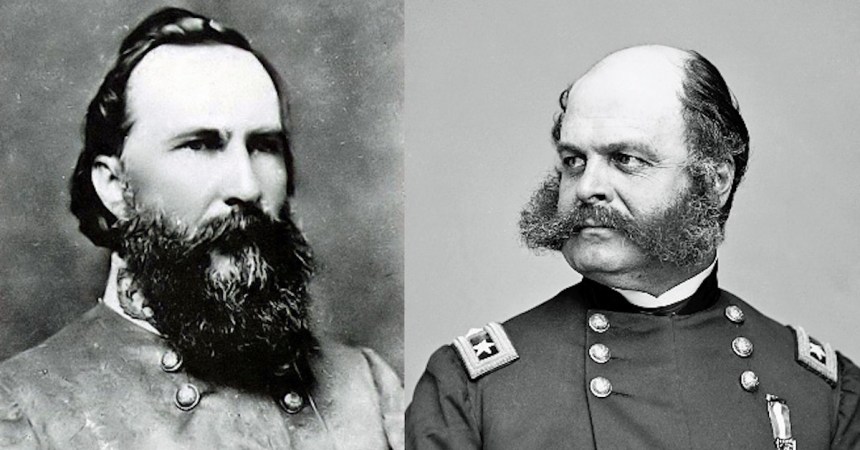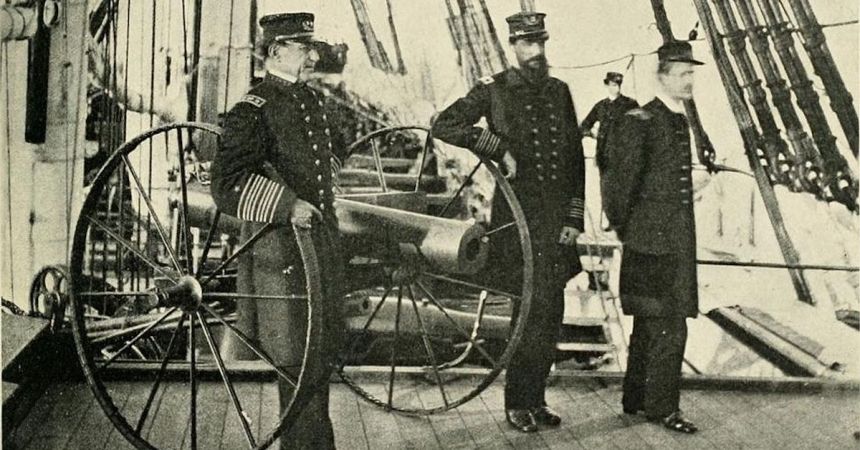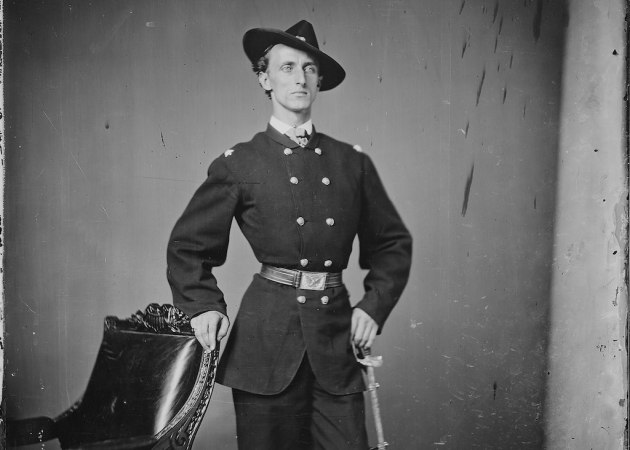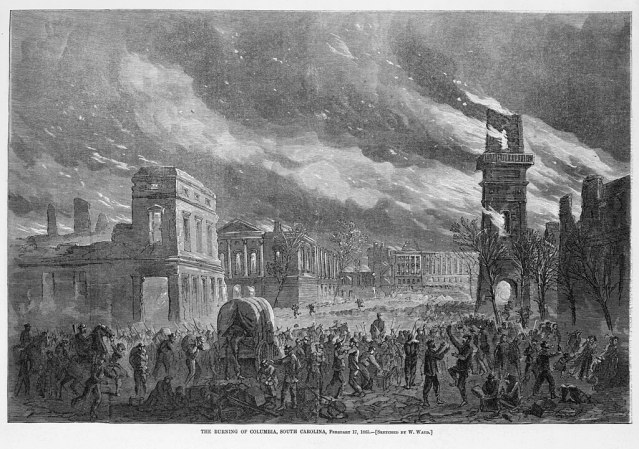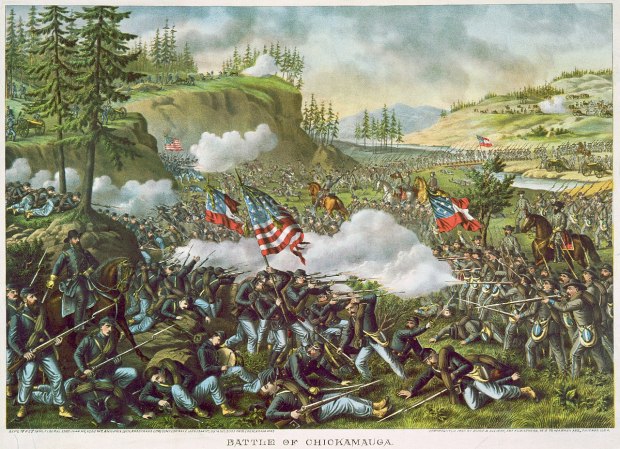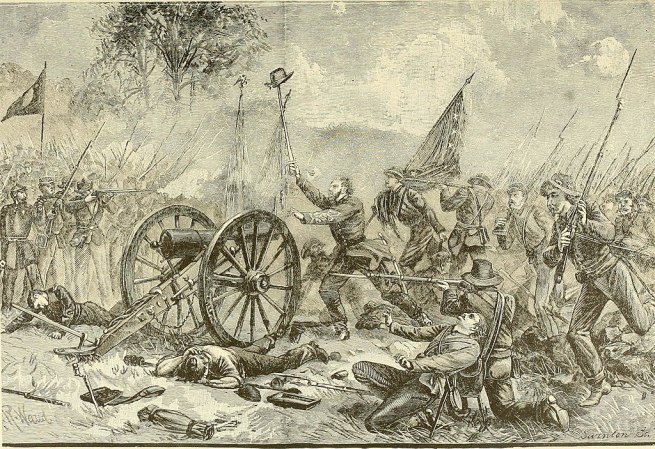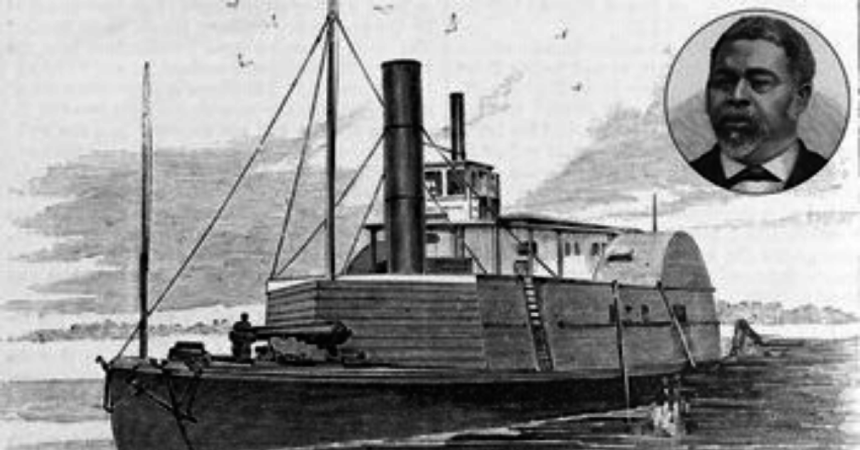President Abraham Lincoln ran a squeaker of a presidential campaign in 1864. In August, he expected to lose, but Union battlefield successes helped him over the top by November. So in March 1865, he toured the battlefields near Fort Stedman, likely feeling confident in the war and his political prospects.
Ironically, Confederate Gen. Robert E. Lee launched a surprise attack that threatened to capture him just weeks after his inauguration.
The Petersburg Campaign and Fort Stedman
U.S. Army Lt. Gen. Ulysses S. Grant led his forces in the long Petersburg Campaign. His plan for a quick capture of Petersburg, Virginia, in Spring 1864 failed, and so he settled into a long siege and battles of attrition. The Confederate Army got some interesting victories, including that time a single spy took out two barges and a warehouse.
But the struggle as a whole tilted toward Grant. He couldn’t take much territory and lost more men, but his supply and manpower situation generally improved as Lee’s got consistently worse. The U.S. simply replaced men and supplies better than the C.S. And Grant capably and slowly cut off more and more routes into the city, making Lee’s situation impossible.
By March 1865, all of the Confederacy’s 1864 hopes were in tatters. European diplomatic recognition fell off the table. Lincoln won re-election and, with it, dashed all hopes of a negotiated settlement. Lee found himself fighting mostly for survival, even as he lost almost as many men to desertion as to battlefield casualties.
But the Confederacy had ripped victory from the jaws of defeat multiple times, and he had a similar plan at Petersburg. He decided to launch a surprise attack at Fort Stedman.
The plan called for fake deserters to let themselves be captured. At a pre-arranged signal, those deserters would overwhelm their guards as engineers assaulted forward and ripped apart obstacles. An infantry assault then would take the outer fortifications, turn the guns around toward the U.S. positions, and fire. That would let them take the next line. Any U.S. infantry that tried to stand firm would be caught between two lines of Confederate-manned cannons.
Capturing Fort Stedman would sever Grant’s supply lines and force him back, allowing Lee to send troops to the Carolinas to slow William T. Sherman‘s march back north.
If Lee won, he could lengthen the war and potentially get better terms at the negotiating table. If he lost, the war would essentially be over. The plan was set for March 25.

Lincoln comes to visit
Of course, the U.S. didn’t know about the secret attack, but it did know that the end of the war would likely take place near Petersburg, and soon. Lincoln wanted to see the progress personally, and he traveled on the Steamer River Queen to the area. He arrived on the night of March 24, just hours before the assault began.
He ate breakfast the following morning and his son, Lt. Robert Lincoln, rushed in with news. A Confederate attack was taking place nearby, but Grant’s forces were favored. The President sent a quick note to his secretary of war that called it “a little rumpus up the line.”
The Battle of Fort Stedman
But it was actually a large rumpus. Over 11,000 Confederate troops successfully broke through the outer obstacles and trenches, seized the U.S. guns, and fired on the defenders.
Lincoln, misunderstanding the risk, finished breakfast and rode with his wife to Grant’s headquarters. It was there that he learned that troops had taken the defenses at the nearby Fort Stedman. Despite the C.S. progress, Lincoln again moved forward, riding the train with Grant and both of their wives to a headquarters closer to the fight.
So the commander-in-chief and highest-ranking Union officer were a short distance away from an active conflict where the rebels were gaining ground.
That could have become a crisis, but the Confederate plan soon faltered for a few reasons.

First, the plan was always risky. While phase one went well, the Union troops outnumbered the attackers and had a good chance to win as long as they didn’t break under the pressure. Second, the leader of the assault, Maj. Gen. John B. Gordon, was unfamiliar with the area and misread a map. Where he thought he would find a second line of guns to take, there was actually just Union troops. Finally, the follow-on waves of Gordon’s troops either failed to advance or came late.
Some of the troops stopped to raid captured U.S. rations because the starving Confederate troops couldn’t resist.
Union troops brought up more guns and troops. The Confederate forces formed a bulging semicircle into Union lines, but that made them vulnerable when Union artillery manager to reach both end of the semicircle. That cut off the Confederates from retreat and forced them to surrender.
The Union lost about 1,000 men in the battle, mostly captured or wounded. The Confederates, though, lost about 600 killed; 2,400 wounded; and 1,000 missing or captured.
Grant immediately realized that Lee must have cannibalized his lines in order to launch the bold assault. He quickly sent troops to test the lines near his most important remaining targets, the road and railroad still feeding Confederate troops and supplies into Petersburg.
Grant found them weak, and his troops quickly seized them. Lee was forced away from the city instead of Grant, leading to his surrender of Appomattox Courthouse.


